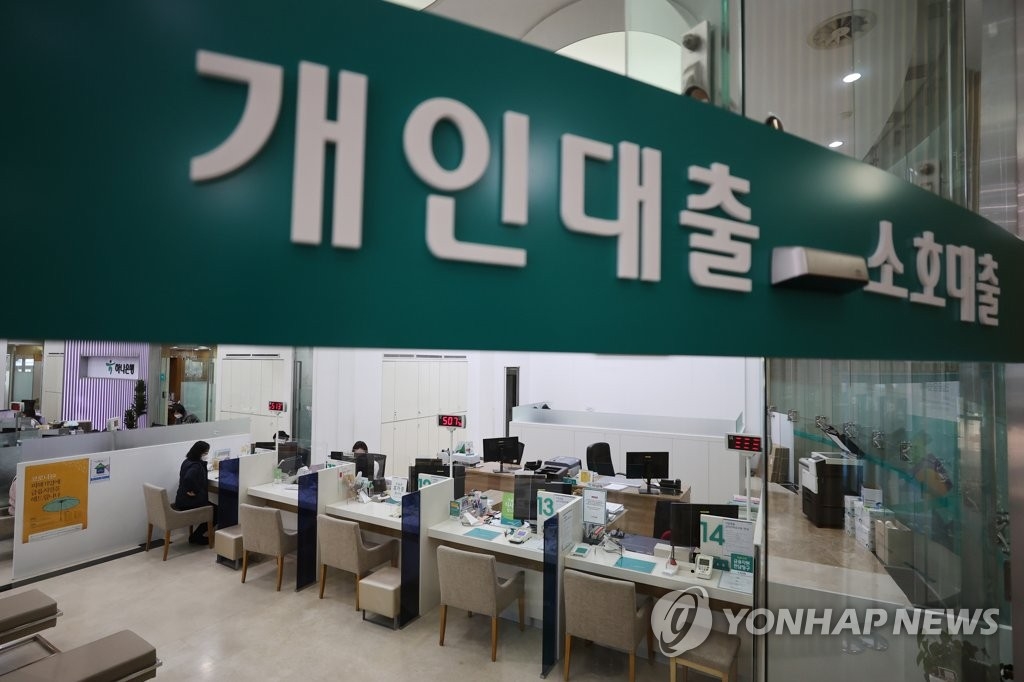
As the market interest rate rises and the preferential interest rate to regulate credit loans is reduced, the burden on consumers of “young and” and “debt” is expected to increase.
According to the financial sector on the 28th, KB Kookmin, Shinhan, Hana, and Woori’s four major commercial banks’ credit loan interest rates (1st grade, 1 year) as of the 25th are 2.59-3.65% per year. This is a 0.6 percentage point higher at the lower end compared to 1.99 to 3.51% at the end of July last year when the ‘1% level’ credit loan interest rate appeared.
In addition to the interest rate on credit loans, the interest rate on mortgage loans is on the rise. As of the 25th of the four major banks, the interest rate for mortgage loans (linked to Cofix) is 2.34~3.95% per year. Also, the lowest interest rate rose by 0.09 percentage points from the end of July last year (2.25 to 3.95%). It is analyzed that the increase in interest rates of these financial bonds has basically affected the jump by 0.6 percentage points in the six months.
In fact, the interest rate on 1-year bank bonds (AAA, non-guaranteed), which is the most commonly used index rate for credit loans, rose 0.095 percentage points in half a year from 0.761% at the end of July last year to 0.856% as of the 26th.
However, the remaining interest rate increase is analyzed to be due to the fact that banks have sharply cut the preferential interest rate range since October of last year as the financial authorities began to tighten credit loans in earnest. At the end of last year, banks were struggling to reduce preferential interest rates by more than 0.5 percentage points as a means of regulating credit loans.
The COPIX applied in February by banknotes (as of January) is 0.86% based on the amount of new treatment, which is 0.05 percentage points higher than 0.81% in July last year. The types of interest rates reflected in the COFIX (financing cost index) include interest rates such as bank bonds, so it is not irrelevant to the rising market rate. However, banks explained that it is the interest rate for term deposits that has more influence on Cofix, and this interest rate is largely dependent on the environment and competition of the banking sector’s fund supply and demand.
According to the Bank of Korea, the mortgage interest rate (weighted average) for January was 2.63%. This is a 0.04 percentage point increase from last December (2.59%). This increase is the highest since November 2019 (0.09%p). The BOK explained that the bogeumjari loan rate increased by 0.1 percentage points from 2.15% to 2.25%.
This rise in loan interest rates is a burden not only for new borrowers (money borrowers) but also for existing borrowers who have already received loans. In fact, the recent slowdown in credit loan growth is the analysis of banknotes that not only the stagnation of the stock market, but also the rise in interest rates had a significant impact.
As of the 25th, the credit balance of the five major commercial banks of KB Kookmin, Shinhan, Hana, Woori, and NH Nonghyup was 135 trillion and 1747 billion won, down 64.3 billion won from the end of last month (135.23 trillion won).
(Photo = Yonhap News)
